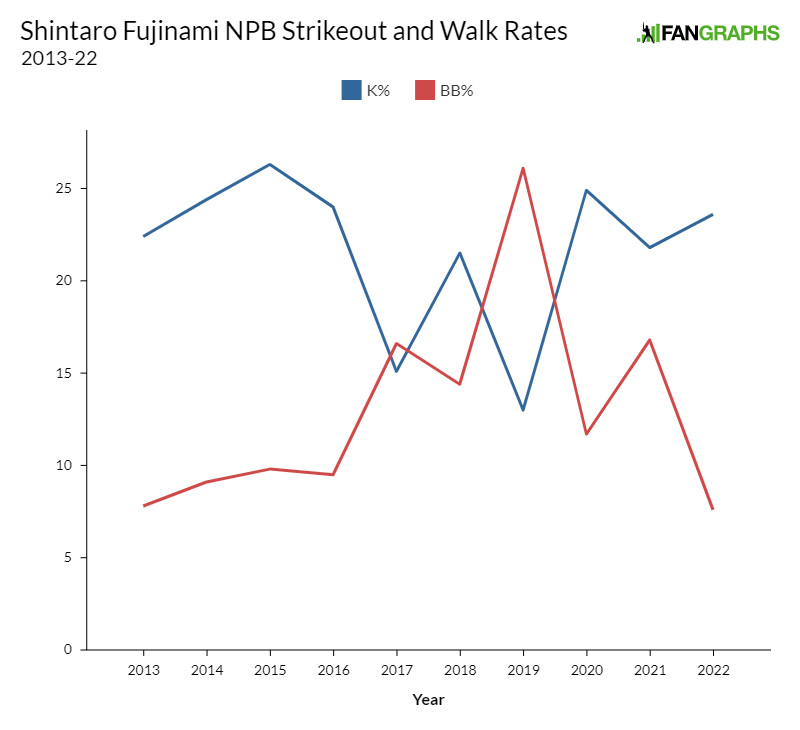Twins, Chris Paddack Renew Faith in Each Other

Amid the frantic negotiations of this year’s arbitration deadline on Friday, the Twins and right-hander Chris Paddack agreed to avoid arbitration and then on the only multi-year deal of the day, a three-year, $12.5 million contract through the 2025 season. The deal, which came just hours after Paddack and the Twins settled at $2.4 million for 2023, buys out his final year of arbitration and his first year of free agency for $10.1 million and includes up to $2.5 million in bonuses.
It’s a reasonable arrangement for both sides. Paddack, who turned 27 just a few days prior, underwent his second Tommy John surgery in May and is aiming for an August 2023 return. Tacking on another year of team control in Minnesota gives him security in his effort to get healthy and still lets him reach free agency a couple of months before his 30th birthday. For the Twins, given Paddack’s injury and his struggles in recent seasons, they are buying low on a player with elite control and significant upside. It’s also a modest investment to help shore up a rotation that will feature three starters — Sonny Gray, Tyler Mahle, and Kenta Maeda — on contract years in 2023.
Before his surgery, when Paddack was dealt from San Diego to Minnesota on Opening Day 2022, it wasn’t entirely clear what type of pitcher the Twins were adding. He had excelled as a 23-year-old rookie in 2019, posting a 3.33 ERA, 3.95 FIP, and 4.05 xFIP over 26 starts, striking out 9.79 and walking just 1.98 per nine innings. Relying on a mid-90s fastball with a changeup and curveball as secondary offerings, he ranked in the 73rd percentile in average exit velocity, 81st in hard-hit percentage, and 88th in both walk rate and chase rate as a rookie. He benefited from the second-lowest BABIP among pitchers with 100 innings or more, but he was successfully limiting hard contact. Read the rest of this entry »








